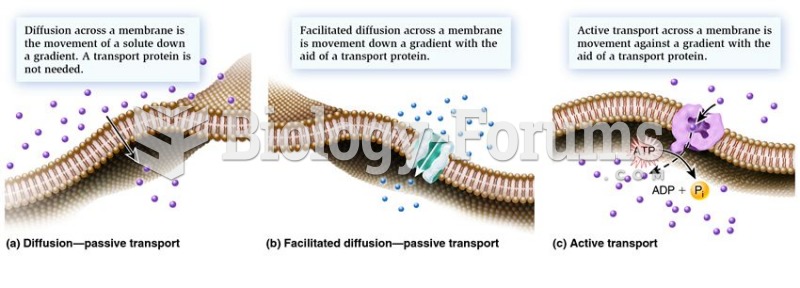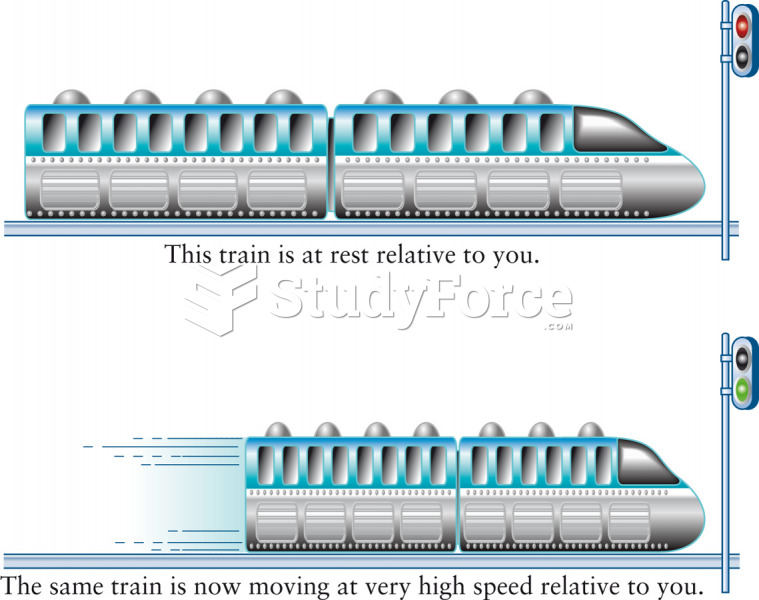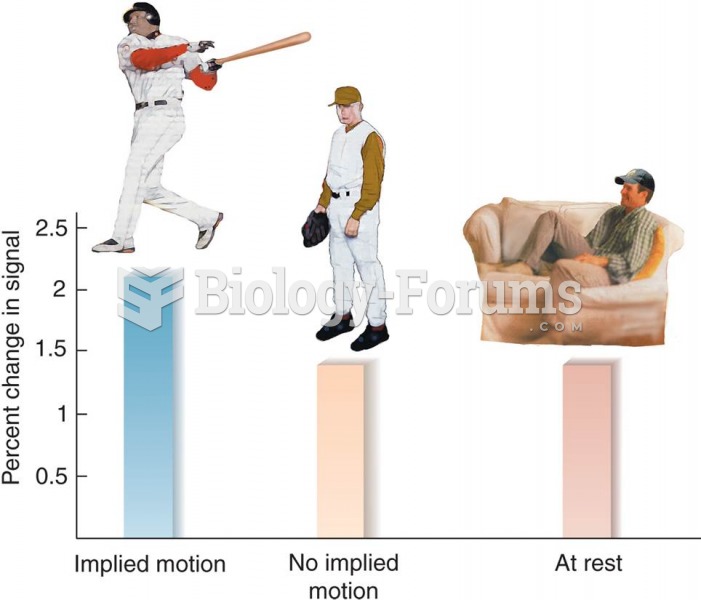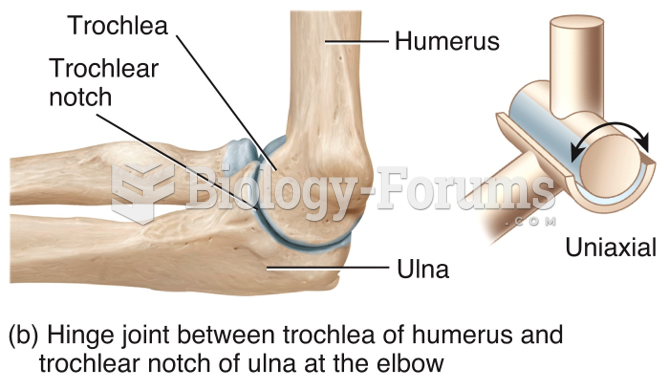Answer to Question 1
Ideal Answer: The ideal answer should:
1. Note that in 1963 the movement appeared to be stalled. Southern black communities were strong and well organized, but their efforts had achieved only modest changes. It was impossible to overcome the power of southern governments without the intervention of the federal government, but national politicians remained reluctant to act unless faced with open defiance by white people or with televised violence against peaceful protesters.
2. Point out that King and other black leaders knew that if city governments throughout the South followed the model of Sheriff Pritchett in Albany, the civil rights movement might lose momentum.
3. Note that to rejuvenate the movement, SCLC decided to launch a massive new campaign of boycotts, pickets, and demonstrations code-named Project C for Confrontation. Their program would be far more extensive than any before, including demands to integrate public facilities and the desegregation of schools.
4. Note that King's Letter from a Birmingham Jail helped to further define the confrontational but non-violent nature of the civil rights strategy.
5. Conclude that the Birmingham movement of public non-violent protest had lost momentum because many of the protesters either were in jail or could not risk new arrests. King and other leaders believed it was necessary to risk harm to children to ensure their freedom. A children's crusade involving thousands of youths, some as young as six, marched which enraged Bull Connor and his officers. The police not only arrested the children but flailed away with nightsticks and set dogs on them.
6. Conclude that the increase of mass direct action pushed Congress to pass greater civil rights legislation over the next several years.
Answer to Question 2
Ideal Answer: The ideal answer should:
1. Define the sit-ins as a spontaneous reaction driven by a small group of black college students in Greensboro, North Carolina, who wanted to desegregate lunch counters in their southern college town. The sit-ins were the direct opposite of boycotts, reflecting changes in tactics towards a more confrontational style to achieve more civil rights.
2. Note that the young men had wanted to strike a blow against segregation and invented a new strategy.
3. Note that the results of the sit-ins included a rolling movement that led to sit-ins and occupations in other cities and helped inspire more confrontational tactics such as the Freedom Rides throughout the South.
4. Conclude that the involvement of local black people in supporting the sit-ins helped to increase the base of organized civil rights workers during the early 1960s.







